 Easter
Easter April 12, 2009
Acts 10:34-43
Psalm 118
1 Corinthians 15:1-11
John 20:1-18
It’s kind of thrilling to see the bulbs I planted last fall peeking out of the soil. The perennials I received from Joanne’s stepmother’s beautiful garden are also beginning to show a little life. I was amazed that the vinca vine in the pot outside the chapel door is still green and alive. And the daffodils, kind of haphazardly growing out of the edge of the foundation, kind of hidden away in the front of the church, are showing their bright, yellow faces.
It’s spring. Alleluia! After such a long, dreary winter, it’s very surprising that spring comes around again – well, we say that. But really, we are expecting it. Spring is natural. It is built into the very DNA of all plants to stretch their limbs and get their sap moving in the spring.
Easter is the only Christian holiday based on nature – or rather, the date of Easter is based on nature. Easter is the first Sunday after the first full moon after the spring equinox. And did you see that moon the other night? Huge, and full, and early in the evening, rich and yellow. The full moon is always a surprise, a remarkable exciting event. But really, we are expecting it. The full moon is natural. The earth and the moon, held in place by the sun, travel their orderly courses day after day, year after year. It is part of the nature of the universe.
What is NOT part of the nature of the universe is resurrection. On this day, we are asked to suspend disbelief. The stone has been rolled away from the tomb. The body is gone. Angels appear with strange messages, and gardeners are mistaken for Jesus.
No, this is not natural. A man who suffered a terrible death should not come back to life.
Mary Magdalene and the other disciples do not know quite what to do with this good news, either. There is some confusion, running back and forth from the burial ground with conflicting stories. Mary is frightened half out of her mind, by this mysterious stranger that familiar Jesus has turned into. The natural order of things has been reversed.
These stories of the resurrection never seem like the “and they all lived happily ever after” stories we sometimes think they should be. We all know that life after Easter is not perfect – no more perfect for the disciples 2000 years ago than it is for us. We are Christians – we live in the light of the resurrection, so how come, sometimes, life is so hard?
What it means to be a Christian, a lot of people say, is practicing discipleship. Like the disciples long ago, like Mary Magadalene and the rest of them, we follow Jesus. We listen carefully. We are disciplined, we pray, we study, we think, we care for people in need, we love our enemies. Following Jesus, being a disciple, takes a lot of practice.
It’s the same way with life after Easter. We have to practice – but now we have to practice resurrection. Practice the improbable. Live as though we knew what it meant: resurrection. Life after death. Life in spite of death. Life that spits in the face of death. Life that cannot be contained in a tomb, that cannot be held back by a stone door. It’s a promise: no matter how hard life gets, there’s more to it than this – there is more to it than suffering and death. Practice resurrection.
Very few people actually saw the risen Jesus. But their witness has been enough to go on. From one frightened woman, to a small group of disciples. People who on the day after the resurrection still got up, still had their problems to face, but people who knew that everything had changed. They knew the natural order of things had been turned upside down. They began to practice resurrection.
This sentence is the beginning of the church:
Mary Magdalene went and announced to the disciples, “I have seen the Lord”; and she told them that he had said these things to her.
And then they went out, and the practice of the resurrected life began.
“I have seen the Lord,” Mary Magdalene tells us, too, calling us, too, to practice resurrection.


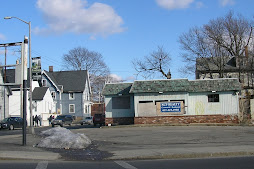.jpg)
.jpg)



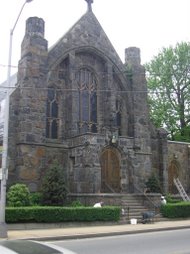
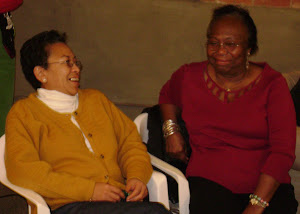
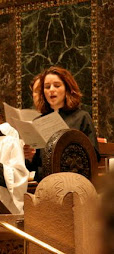
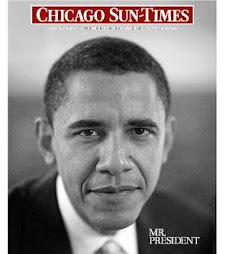
.jpg)

No comments:
Post a Comment